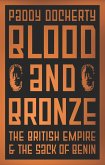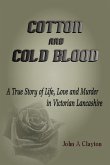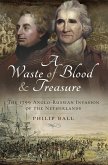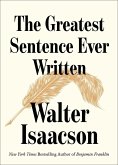The Tomlinson Prize-winning, "stimulating and informative" account of one of the most significant clashes on the Eastern Front of the Great War ( Journal of Military History). Bloodier than Verdun, the battles for Fortress Przemyl in present-day Poland were pivotal to victory on the Eastern Front during the early years of World War I. Control of the fortress changed hands three times during the fall of 1914. In 1915, the Austro-Hungarian armies launched three major offensives to penetrate the Russian encirclement and relieve the 120,000 people trapped in the besieged fortress. Drawing on myriad sources, historian Graydon A. Tunstall tells of the impossible conditions facing the garrison: starvation, "horse-meat" diets, deplorable medical care, prostitution, alcoholism, dismal morale, and a failed breakout attempt. By the time the fortress finally fell to the Russians on March 22, 1915, the Hapsburg Army had sustained 800,000 casualties; the Russians, over a million. The fortress, however, had served its purpose. Tunstall argues that the besieged garrison kept the Russian army from advancing farther and obliterating the already weakening Austro-Hungarian forces at the outset of the War to End All Wars. The World War I Historical Association awarded Written in Blood the 2016 Tomlinson Prize.
Bitte wählen Sie Ihr Anliegen aus.
Rechnungen
Retourenschein anfordern
Bestellstatus
Storno









